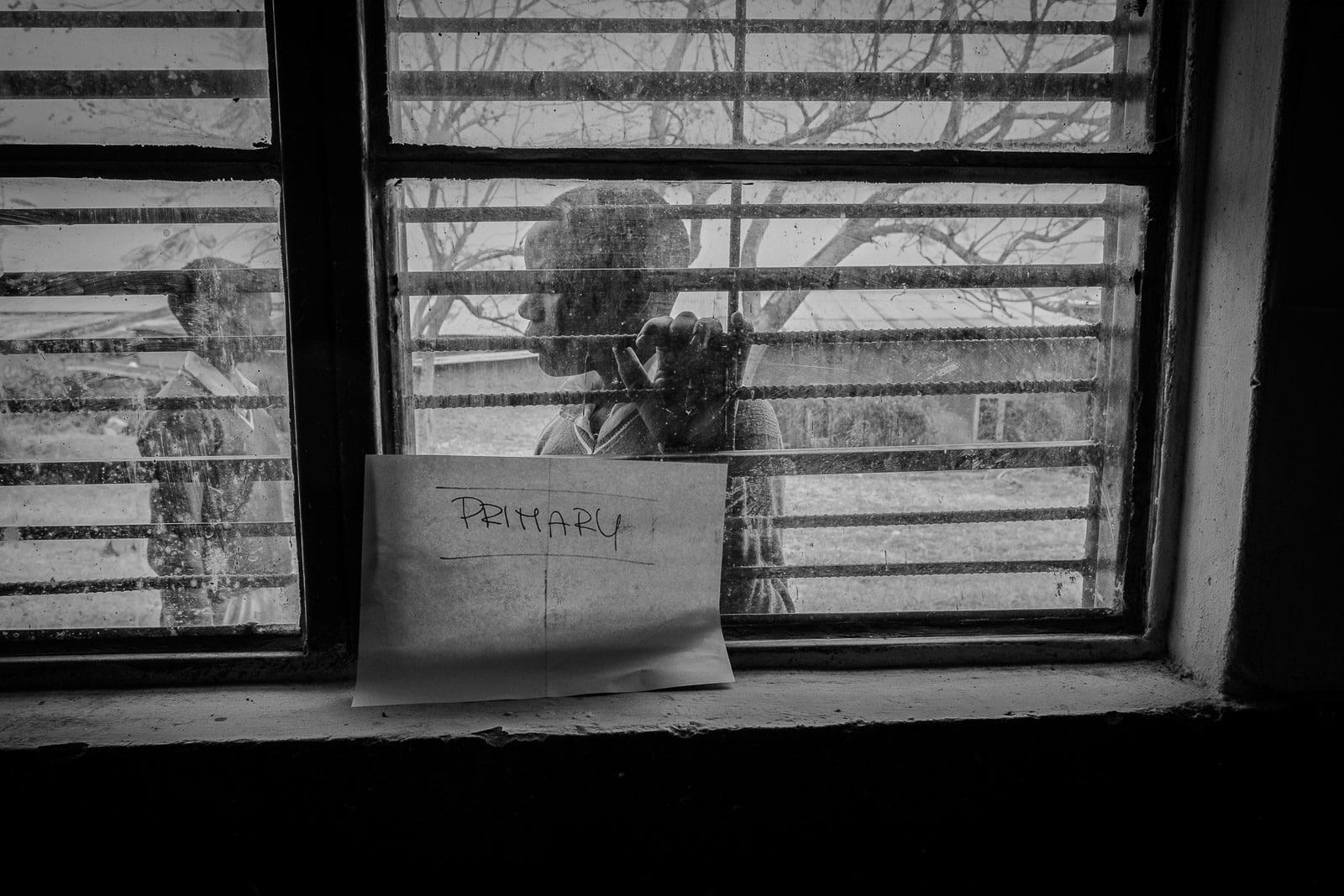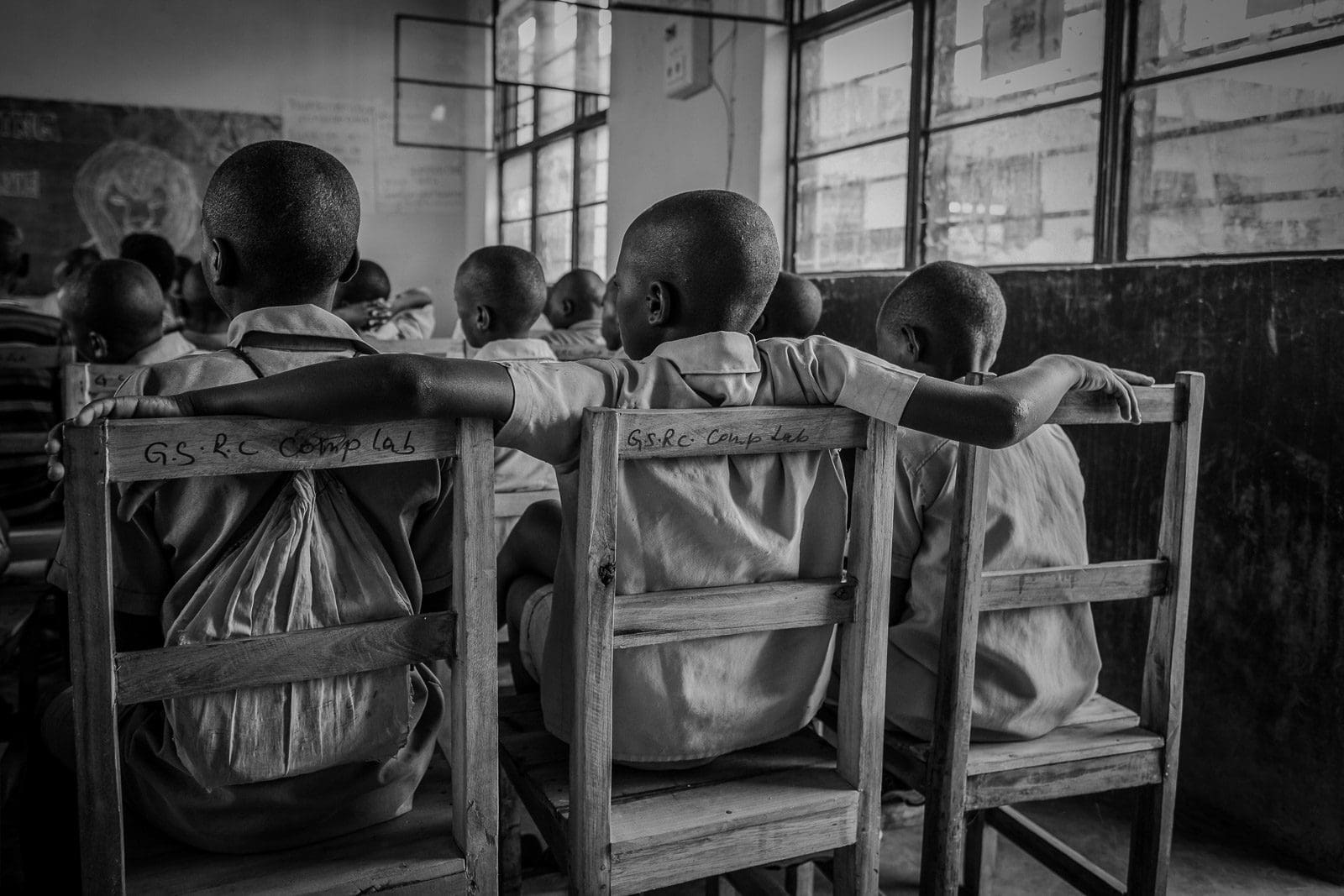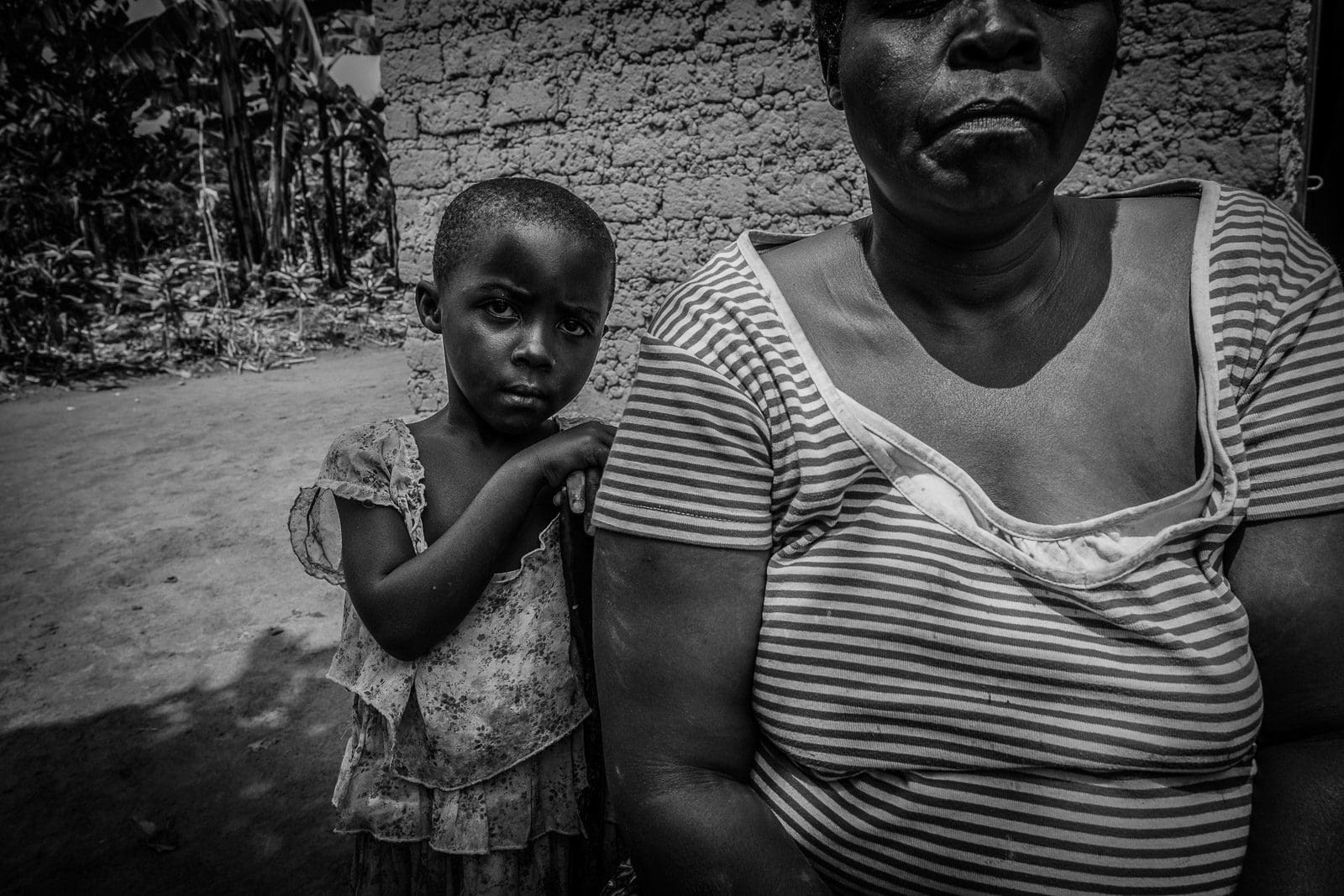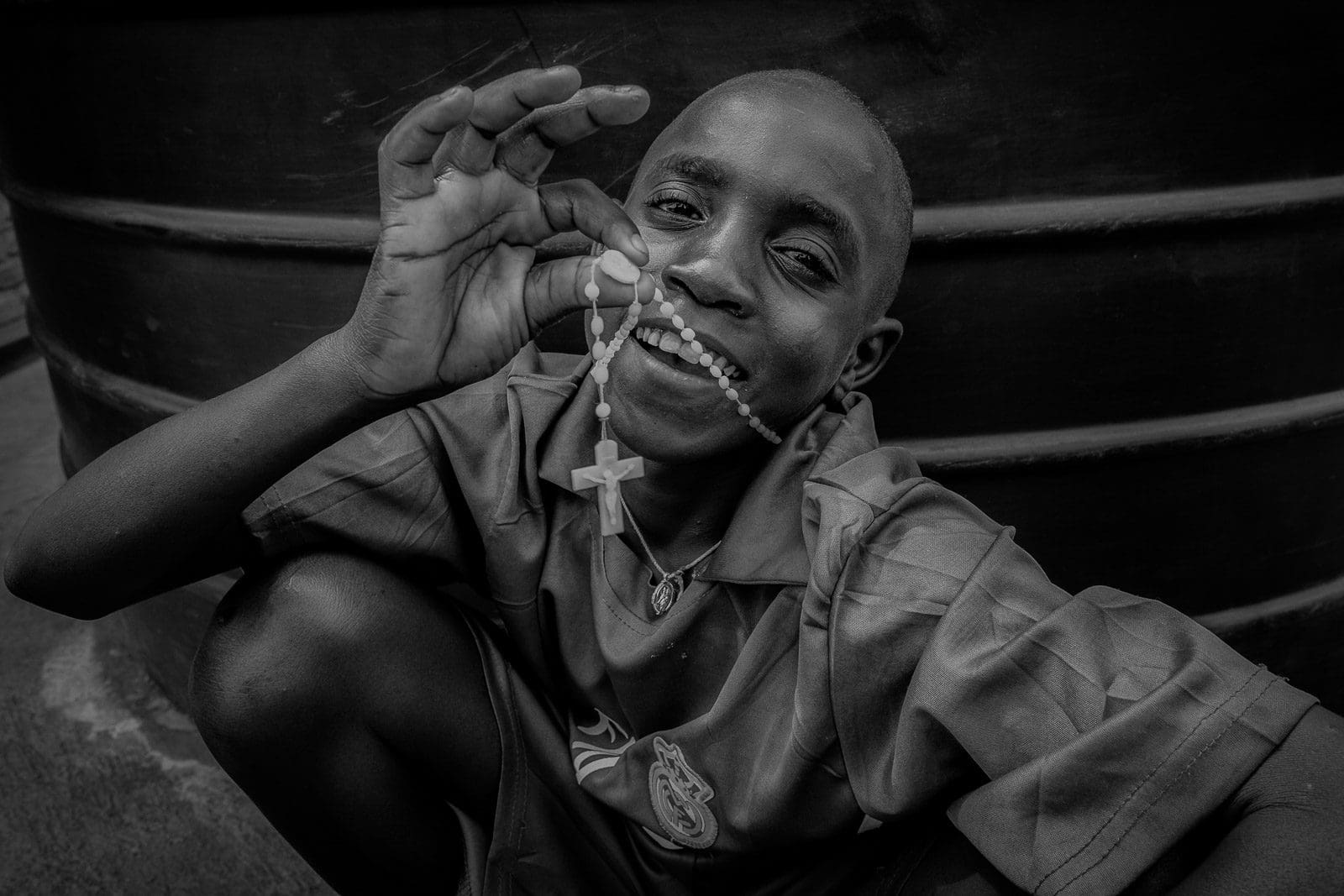More than twenty-five years after the Rwandan massacre in which 800,000 people died in a few months, thousands of survivors are living with AIDS. In particular, the Rwandan Widows’ Association – a non-profit association created to help reintegrate genocide widows into Rwandan society – estimates that 70 per cent of its members are infected with HIV. During the three months of the genocide, after the murder of their husbands, most of these widows were kidnapped by the militias and raped repeatedly. It is now known with certainty that the government took AIDS patients out of hospitals to form rape battalions. UN estimates there were 250,000 to 500,000 rapes in 1994. This was fierce violence perpetrated by the Hutu majority against the Tutsi minority and moderate Hutus.
As a result of the rapes, many of these women became pregnant and contracted HIV, thus finding themselves raising a child alone and, at the same time, facing the disease. Very few of them could afford the cost of antiretroviral treatment – over 100 euros per month – and many children were soon orphaned.

A generation of children born of rape
All this has given birth to a generation of children born of rape. Officially there are at least five thousand registered cases, but in all likelihood, there are many more. Most of them are infected with HIV and, even today, the spread of the virus in Rwanda continues unabated as a direct consequence of the genocide. Ensuring education for the younger generation is imperative to promote the development and growth of the country. Indeed, many teenagers have fragmented schooling paths. In addition to the consequences of war and genocide, extreme poverty leads young people to resort to “street gimmicks” as a possible survival strategy. Added to this is also a growing number of unwanted pregnancies, which in turn cause young and very young mothers to drop out of school.
In Rwanda, several NGOs are working to improve this situation. I got in touch with Turikumwe Onlus, an organization that has been active for more than 10 years, with Desiré Rwagaiu, project contact for Fondazione Marcegaglia Onlus, and with Ilaria Buscaglia, an anthropologist from Girl Effect, an NGO that works in several countries including Rwanda itself to promote theempowerment of girls through study and training.


The Importance of schooling and sex education at school
With the help of the Inshuti z’Abakene nuns, Turikumwe Onlus takes care of these young people directing them towards a possible course of study and paying their annual school fees, including the costs for the purchase of the necessary study materials. Through discussions with anthropologist Ilaria Buscaglia, I also realised the importance of teaching sex education in schools, a fundamental topic in empowerment projects, necessary to avoid harmful behaviour and limit the spread of the disease. According to the most recent data provided by UNAIDS, in Rwanda the AIDS virus affects about 3 per cent of the population, the majority of whom are female and live in the capital Kigali. Although there has been a reduction in the number of HIV-positive cases in recent years and an increase in viral suppression (thanks to regular retroviral medication), being HIV-positive in Rwanda – as in the rest of the world – means being discriminated, both in the family and in the communities of origin.

The Iramiro Centre in Busanza
The Iramiro Centre in Busanza, on the outskirts of Kigali, is a facility designed to accommodate young people with HIV. The centre’s guests come from backgrounds of extreme poverty and situations of family discrimination. There are currently 31 guests, including children and teens. Some live in the centre permanently, while others go there during the day to have a meal and spend time after school, returning to their homes in the evening.
The Busanza centre was my first stop to explore this topic. Afterwards, I headed to another facility in Rilima, in the south of Rwanda, almost on the border with Burundi, in one of the poorest areas of the country. Here, I followed the Iramiro project photographically. I tried to document this experience to make known a story that, despite more than twenty-five years have passed, is still an issue in modern-day Rwanda.



This report was also realised thanks to the precious collaboration of Ilaria Buscaglia, anthropologist and president of Turikumwe Onlus, which has been working between Italy and Rwanda for over 10 years.


